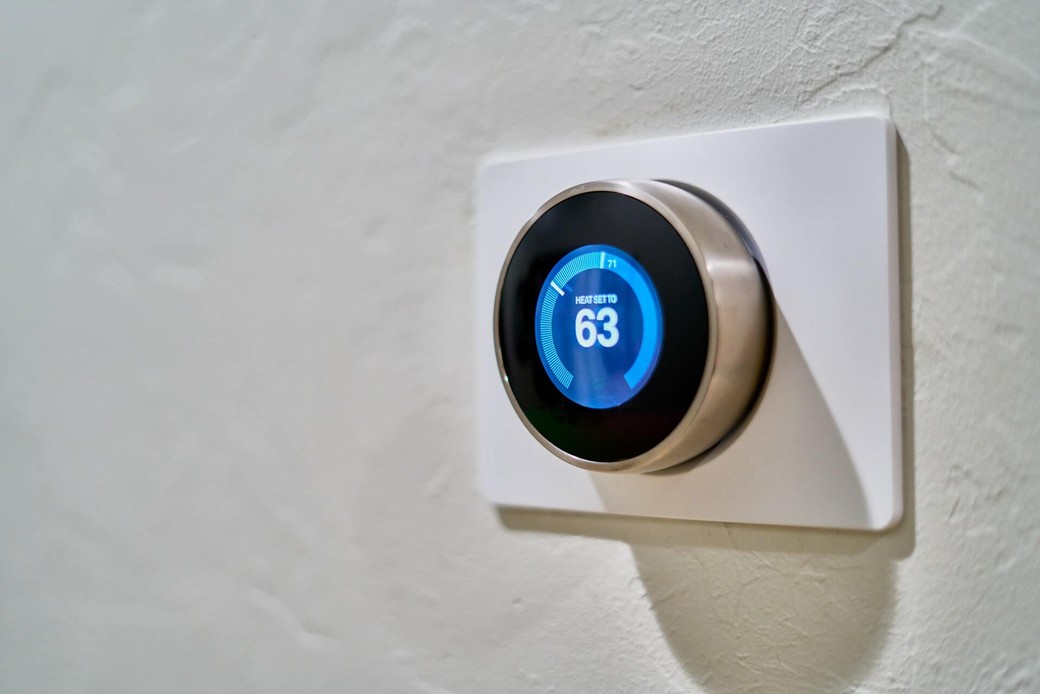Internet of Things (IoT) Application Development is one of the most exciting fields in the ICT industry today. If you own or want to start an IoT software development company, you are on the right track. IoT devices will surpass 25.4 billion in 2030, and it seems like every industry, from agriculture to retail, will need to hire an Internet of Things development company at some stage.
In this article, we’ll look at the most exciting projects to come out of the IoT application development services industry in recent years.
The Most Exciting Internet of Things Application Development Projects (So Far)
Manufacturing Projects
Industrial and manufacturing companies were the frontrunners of IoT. Companies use IoT apps and devices to monitor the production floor, use augmented reality to track equipment and navigate large warehouses and automate quality and stock controls. It can speed up systems through automation and cut costs.
Example 1: Howden in Scotland devices to overlay real-time data from connected products with 3D augmented reality to show clients how to solve problems with equipment, step by step. This ended up reducing downtime and associated costs.
Transportation
Tesla started off the connected car trend in 2012, introducing over-the-air software capabilities for the first time. Since then, almost all car manufacturers are integrating IoT technology into their designs.
Example 2: KWRL in the US runs a large school bus fleet. They’ve started using Samsara, a wireless fleet tracking platform to coordinate bus routes and keep running on schedule. The app allows them to have real visibility into where their buses are at any given moment and provides instant engine fault alerts for added safety.
Example 3: Omnibus in Finland uses Telia’s connected vehicle solution to optimize the use of their equipment and to reduce fuel consumption by constantly collecting and analyzing data.
Example 4: Caledonian Logistics in Scotland uses an app called MyGeotab to track driver behavior and raise alerts if abnormal activity is detected. This reduces stock losses due to fraud or reckless behavior.
Energy
IoT devices can reduce energy consumption dramatically. While we are already aware of applications like smart lighting that controls lights and air conditioning in smart buildings, energy savings can be realized on a much larger scale.
Example 5: Enel in Italy used a custom IoT development company to improve grid reliability by using AI to analyze real-time sensor data, smart meter data, and weather data.
Retail
Retails may use in-store digital signage, customer tracking, and engagement in stores but also use the Internet of Things application development services behind the scenes for goods monitoring and inventory management.
Example 6: Walmart uses 7 million IoT data points to control food safety, including remotely managing HVAC and refrigeration across their mega-stores. They also use smart lighting to keep energy consumption optimal.
Example 7: nuMedia in the US uses mixed-reality technology called PRSONAS that mimics human experiences to enhance customer experiences through smart digital kiosks with interactive self-service holograms. These holograms act as virtual sales reps and product specialists.
Smart Cities
We are already familiar with smart homes, but the concept is being expanded on to include larger cities and towns.
Example 8: Amsterdam has already deployed hundreds of smart LED streetlights with cameras and public Wi-Fi in Hoekenrodeplein. The lights are remotely controlled but will automatically adapt to different lighting conditions. The Vincent van Gogh museum uses an app and Bluetooth sensors to provide information about exhibits and increase visitor engagement.
Conclusion
These projects are exciting but only the tip of the iceberg. Internet of Things application development is going to change the technological and business landscape dramatically in the next few years. Make sure that you are part of the revolution by getting into the game early.
